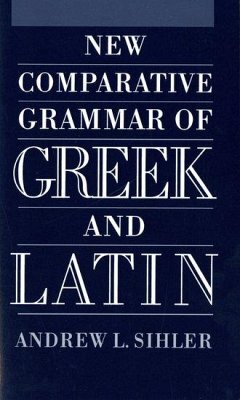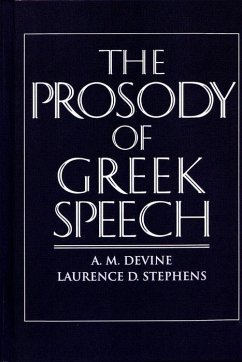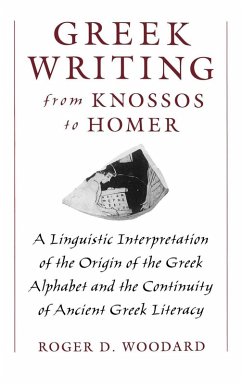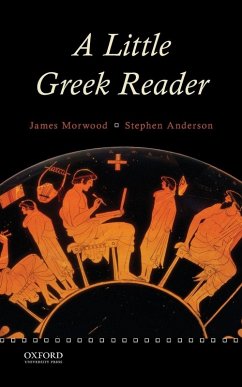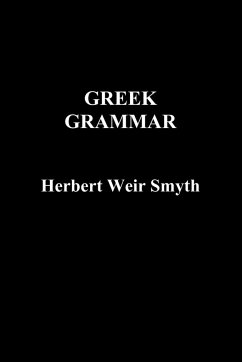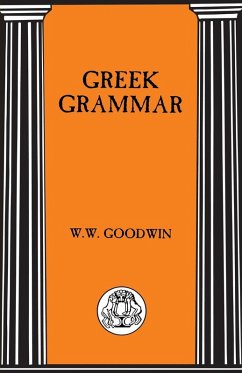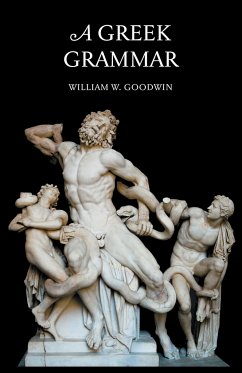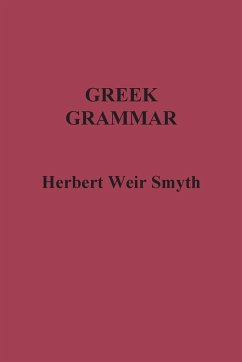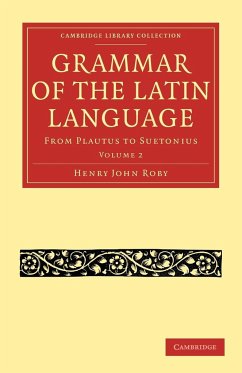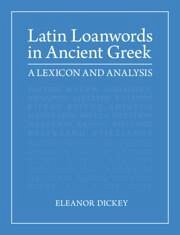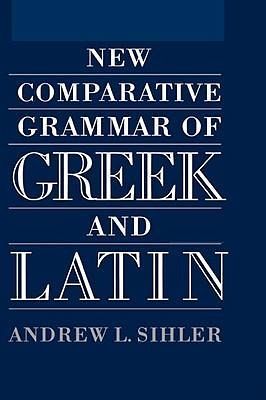
New Comparative Grammar of Greek and Latin

PAYBACK Punkte
80 °P sammeln!
Like Carl Darling Buck's once standard Comparative Grammar of Greek and Latin (1933), this book is an explanation of the similarities and differences between Greek and Latin morphology and lexicon through an account of their prehistory. In addition, Andrew Sihler discusses the principal features of Indo-European linguistics. Incorporating the considerable scholarship of the sixty years since Buck's edition appeared, this thoroughly new and up-to-date study fully integrates laryngeals in both the phonology and morphology, and the Indo-European verb system is presented in terms radically unlike ...
Like Carl Darling Buck's once standard Comparative Grammar of Greek and Latin (1933), this book is an explanation of the similarities and differences between Greek and Latin morphology and lexicon through an account of their prehistory. In addition, Andrew Sihler discusses the principal features of Indo-European linguistics. Incorporating the considerable scholarship of the sixty years since Buck's edition appeared, this thoroughly new and up-to-date study fully integrates laryngeals in both the phonology and morphology, and the Indo-European verb system is presented in terms radically unlike Buck's. Greek and Latin are studied as a pair for cultural reasons only; as languages, they have little in common apart from their Indo-European heritage. Thus the only way to treat the historical bases for their development is to begin with Proto-Indo-European. In order to make a reconstructed language like Proto-Indo-European intelligible and intellectually defensible, Sihler presents some of the basis for reconstructing its features and, in the process, discusses reasoning and methodology of reconstruction (including a weighing of alternative reconstructions). New Comparative Grammar of Greek and Latin is a compendious handbook of Indo-European phonology and morphology, and a vade mecum of Indo-European linguistics - the focus always remaining on Greek and Latin. The non-classical sources for historical discussion are mainly Vedic Sanskrit, Hittite, and Germanic, with occasional but crucial contributions from Old Irish, Avestan, Baltic, and Slavic. A necessity for specialists and students with an interest in the foundations of classical languages, Sihler's study fills a major gap in theliterature of the last sixty years.




